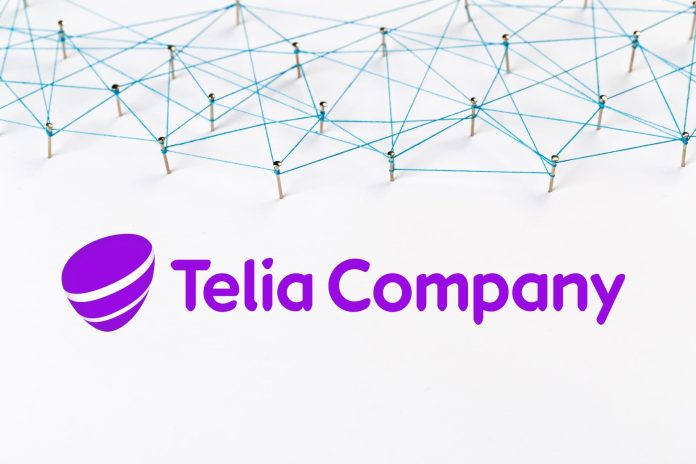In Sweden, Telia said that 73% of Swedes now have access to Telia’s 5G network
Nordic telecom operator Telia Company said it had achieved overall 5G population coverage of 84% across its footprint at the end of June, up from 77% at the end of March 2023, the telco said in a release.
Telia also said it is constantly working to increase 5G population coverage in Sweden, Finland, Norway, Denmark, Lithuania and Estonia.
In Sweden, Telia said that 73% of Swedes now have access to Telia’s 5G network, compared to 63% at the end of March. Telia also said it is also working with Ericsson via the NorthStar program launched on February 15 to ensure that Sweden’s leading industrial companies have the ability to explore the opportunities offered by the latest 5G technologies. The first customer to join the program was AstaZero, the world’s first full-scale independent test environment for automated transport systems, located outside Gothenburg.
Meanwhile, in Finland, 5G population coverage has increased to 86% at the end of June, from 83% at the end of March.
Also, 92% of Norwegians had access to Telia’s 5G network at the end of June, versus 89% at the end of the first quarter of the year. This includes mobile customers from Norwegian utility company Fjordkraft, most of whom have now been transferred to Telia’s network as a result of an agreement announced in December last year. The firm noted that it is currently working with the Norwegian Mapping Authority, Ericsson and Sintef in the HyPos research project to investigate how 5G and global navigation satellite systems can provide better and more accurate positioning services.
In Denmark, 5G population coverage has increased to 90%, compared to 85% at the end of March. In February, Telia said it came out on top in a comprehensive benchmark analysis of the mobile networks in the cities of Copenhagen, Aarhus, Odense and Aalborg, which together are home to about a third of all Danes, the company said.
Meanwhile, Telia also highlighted that its 5G network reached 99% of the population in Lithuania as of the end of June, up from 95% at the end of March. “The rollout has been exceptionally rapid, with the country’s almost total population coverage exceeding that of all other countries in Telia’s footprint, despite the fact that Lithuania’s commercial 5G frequency auctions were only held in autumn last year,” the company said.
In Estonia, 5G population coverage has increased to 68%, versus 43% at the end of March. On May 25, Telia turned on its first 26 GHz base station operating in the 5 GHz frequency band in a public test in Tallinn, achieving download speeds of 2 Gbits and upload speeds of almost 600 Mbits.
In May, Telia and Ericsson had joined forces to launch the what it claimed to be the Baltics’ first enterprise 5G private network at Ericsson’s Supply Site in Tallinn, Estonia.

